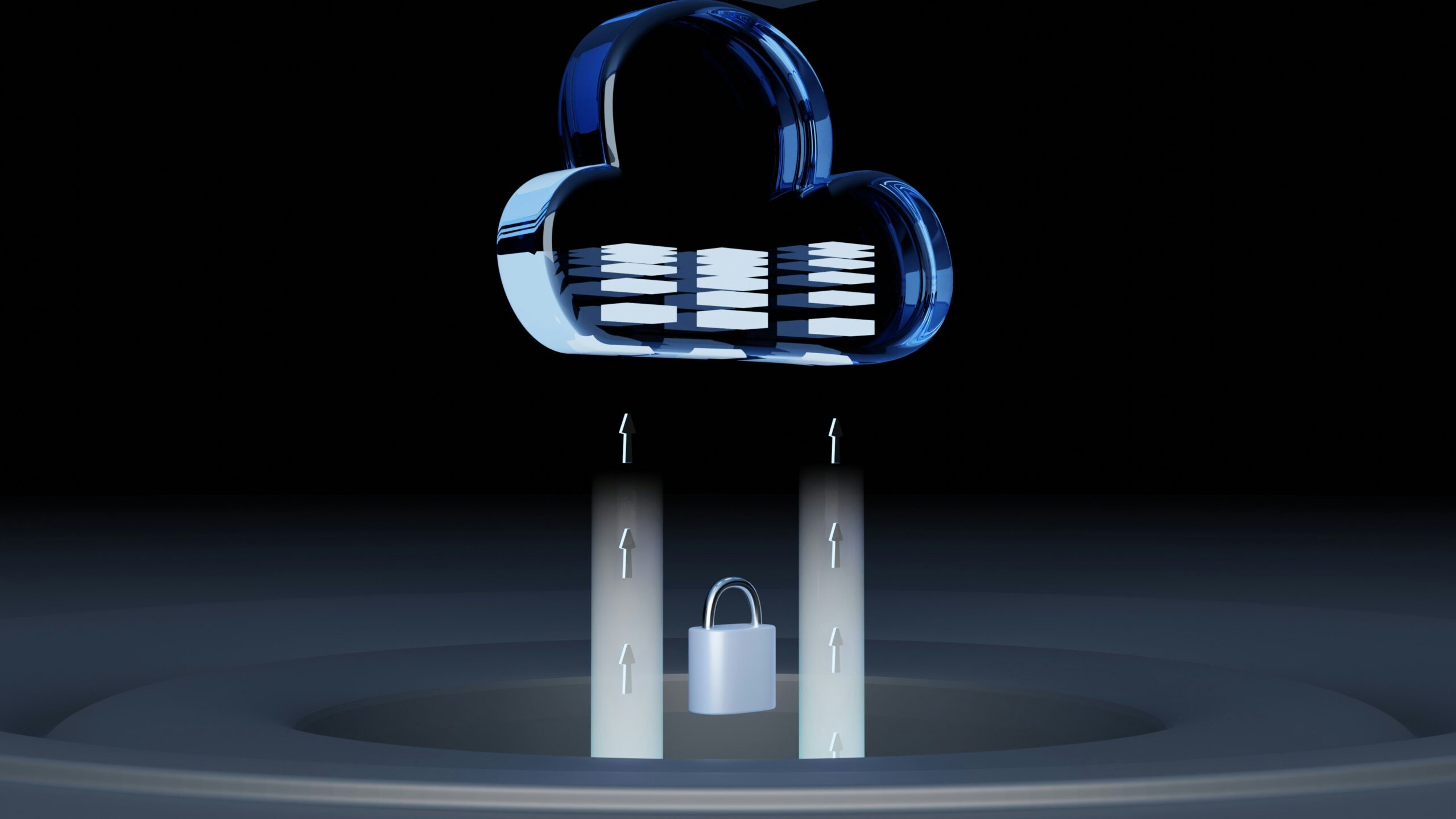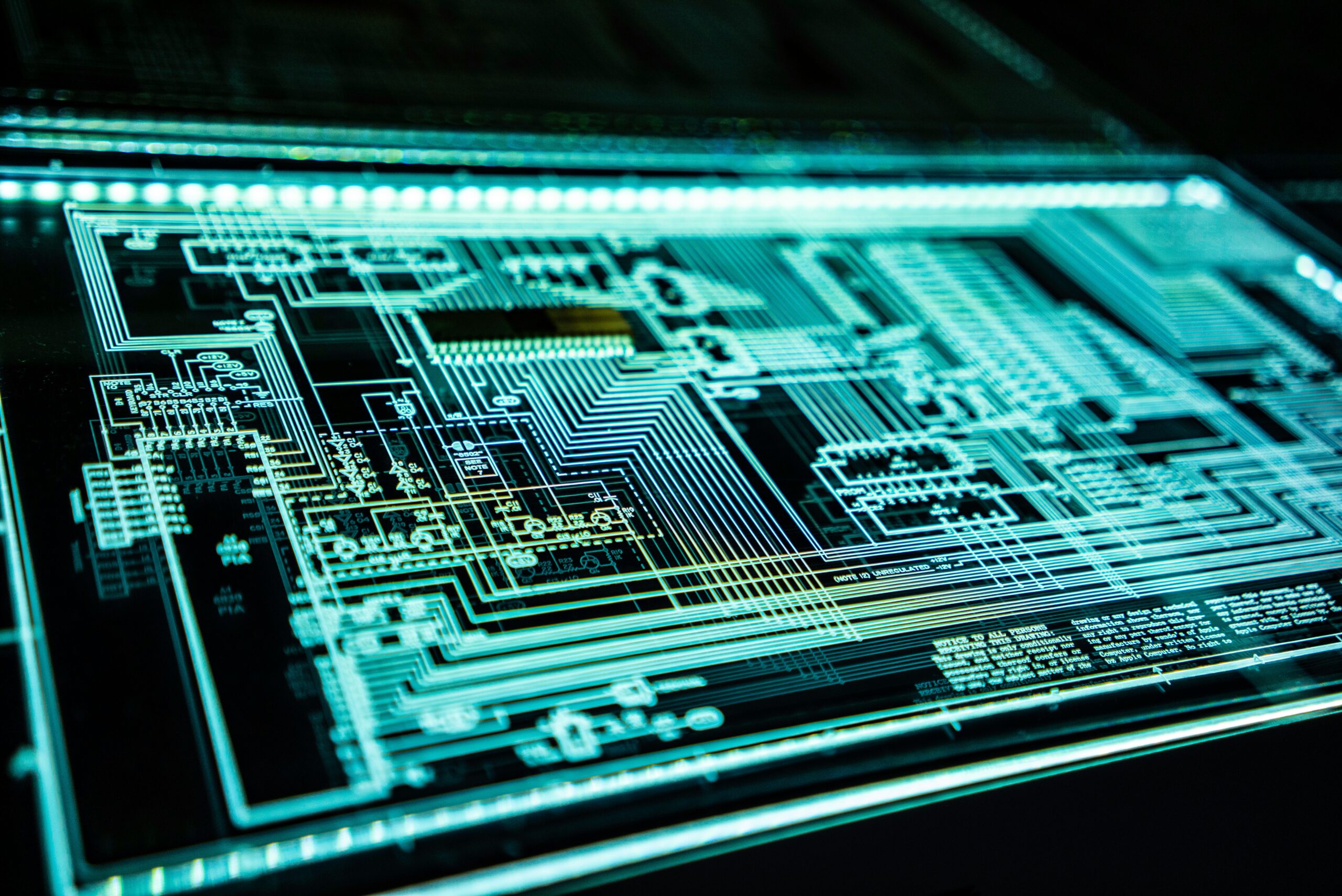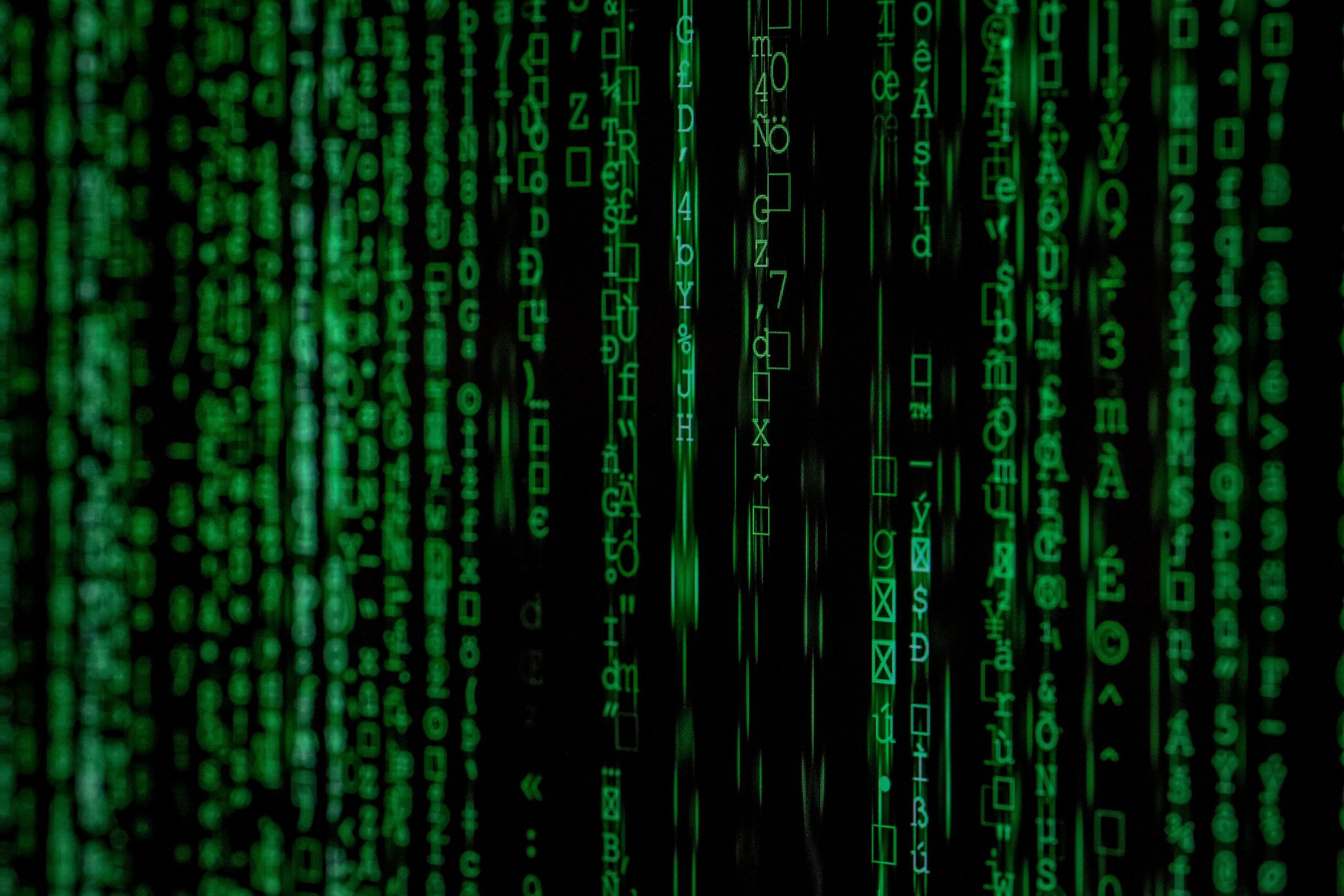Mastering SY0-701 Security Section 4: Security Operations
Establishing Security Baselines Establishing security baselines is a foundational step in fortifying an application’s security environment. A security baseline represents a set of minimum security standards and configurations that an organization must adhere to, ensuring that all systems comply with these predefined levels of security. These baselines act as benchmarks for system security, providing a … Read moreMastering SY0-701 Security Section 4: Security Operations










